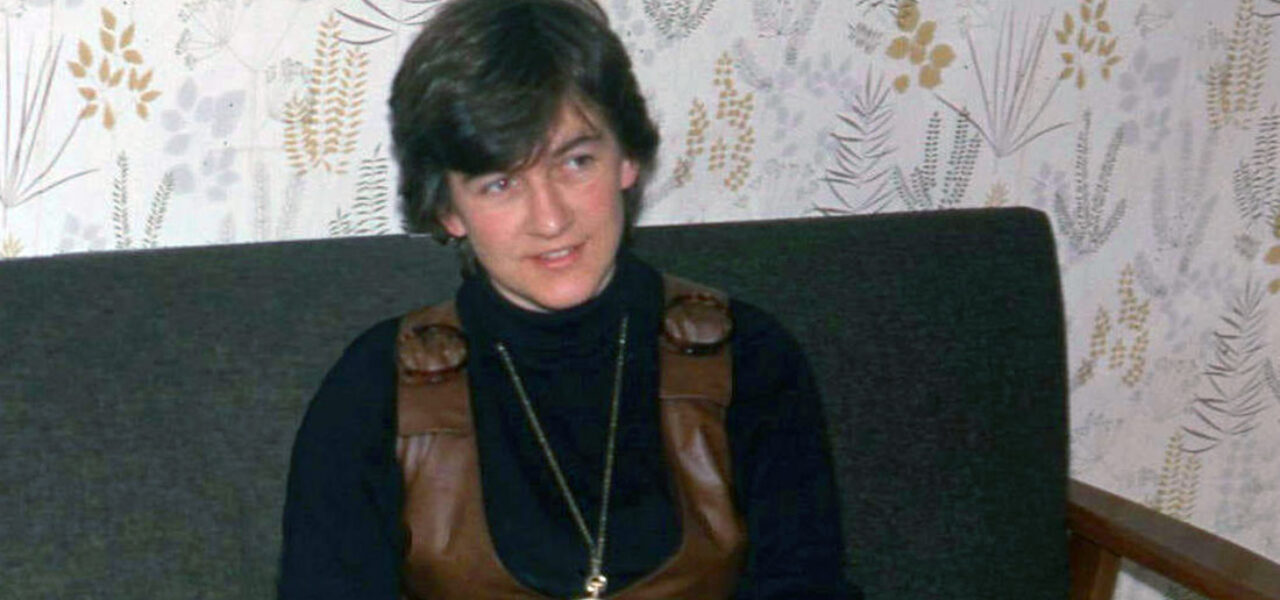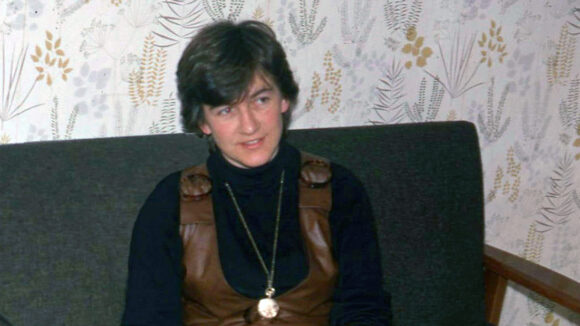

Anne Jolliffe, Australia’s ‘First Woman Animator,’ Dies At 87
Anne Jolliffe, a pioneering woman animator whose credits include Yellow Submarine and Bob Godfrey’s Great, died on August 27. She was 87.
Starting out at a time when female animators were few and far between, Jolliffe forged a career in the profession regardless, overcoming various forms of sexism on the way. She worked as an animator in the U.K. and her native Australia, eventually founding her own studio.
Born on October 19, 1933 in Longford, Tasmania, Jolliffe began dreaming of a career in animation after watching a Donald Duck cartoon aged seven. She earned a college degree in bookmaking, which included illustration classes. By this point, she was already contributing regular comics to the magazine Junior Age.
In 1955, Jolliffe traveled to the U.K., where she sought a job with Halas and Batchelor, then the country’s preeminent animation studio, but was turned down; she was told that “women don’t animate,” as she later recalled.
Undeterred, Jolliffe returned to her homeland and found work with the CSIRO (Commonwealth Scientific and Industrial Research Organization) Film Unit, where she made educational and scientific animated films for the Australian government. Equipped with a grounding in animation production, she applied to the animation studio launched in Melbourne by John Wilson GTV9 network.
She got a job — in the ink and paint department, where women were thought to belong, even though Jolliffe was one of the only applicants with prior animation experience. Only after appealing (and passing a test no male employees were given) did she get to join the animation team. “I realized then,” Jolliffe said in a 2005 interview, “that even though women do animate, they have to work about six times harder than men, and have to battle all the way through.”
She is generally claimed to be the first woman animator working professionally in Australia.
Returning to London, Jolliffe was taken on by Halas and Batchelor at the second time of asking, but left when she realized her less experienced male colleagues were being paid more than her. She moved to TVC, where she worked on the series The Beatles and subsequent feature Yellow Submarine. For a while, she was the best-paid animator in the city, according to The Encyclopedia of Women and Leadership in Twentieth-Century Australia.
After giving birth to her son, Jolliffe encountered discrimination in the industry as a young mother. In stepped Godfrey, her idol, who offered her a job and a welcoming atmosphere at his studio. She served as an animation director on Great, his half-hour film about legendary civil engineer Isambard Kingdom Brunel, which went on to win an Oscar.
Jolliffe moved back to Melbourne in 1979. She animated on Grendel Grendel Grendel, a reimagining of the Beowulf legend, which was only Australia’s second animated feature. Relocating to Sydney, and later Blackheath, she opened her own studio, Jollification, hoping to find a measure of creative freedom through the endeavor.
Jollification was successful for a time in finding commissioned work. Jolliffe directed two major projects for the Australian Broadcasting Corporation, the kids’ series Bunyip and half-hour film The Maitland and Morpeth String Quartet. She developed numerous projects with female protagonists, including her alter ego, the spacefaring housewife Mrs. Cosmos.
In later years, funding for these projects became increasingly elusive. The advent of computer animation transformed the industry, and Jolliffe was reluctant to adopt the new technology. A stroke in 2011 left her unable to draw, effectively ending her career, which remains a beacon of achievement against the odds for female animators everywhere.
Jolliffe is survived by her son Ned Jolliffe; her grandchildren, Noah and Maya; and her partner of the past two decades, Janet Ramsay.
Photo credit: Cam Ford.

.png)